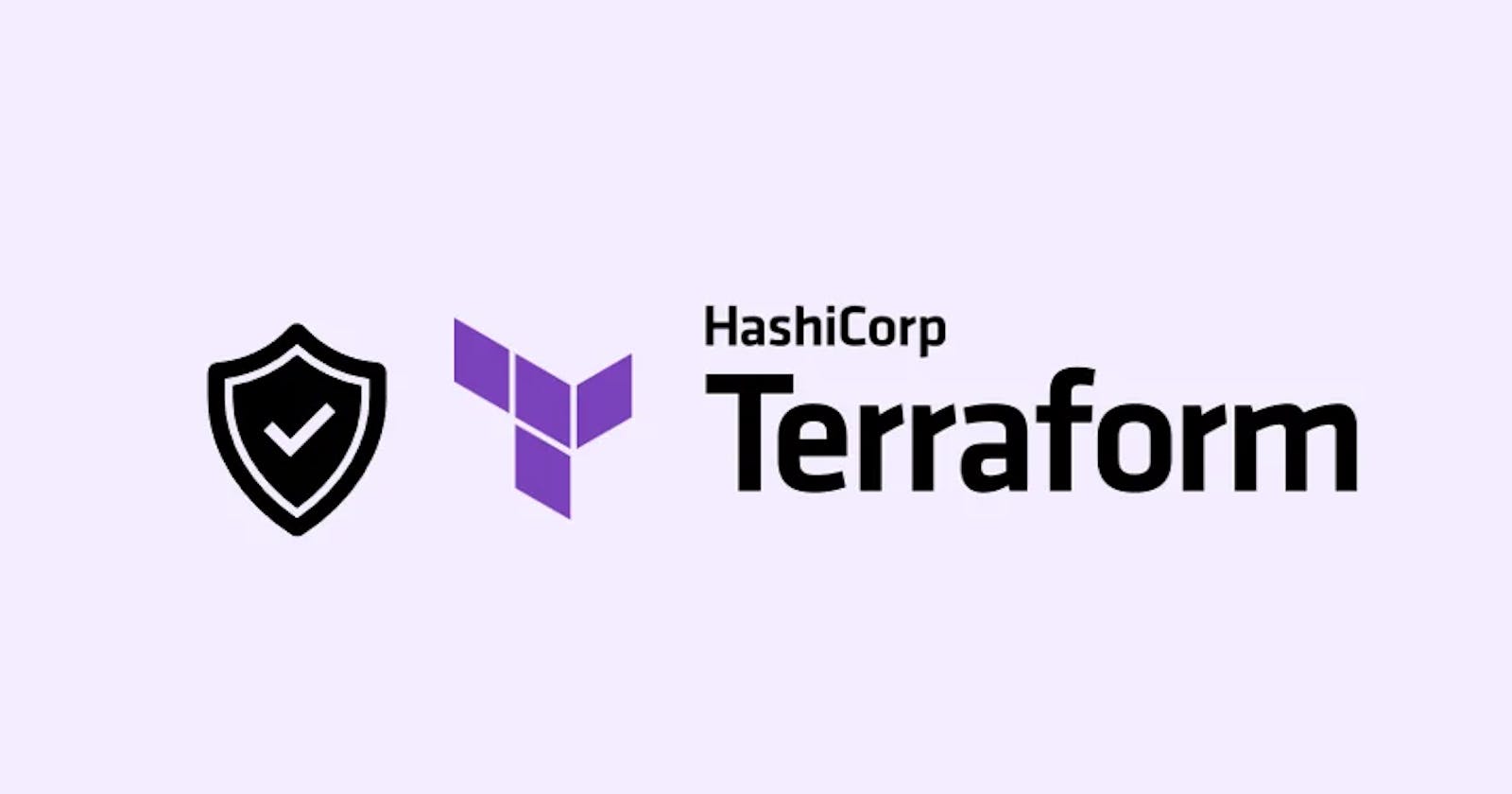Introduction
In today's digital landscape, securing sensitive information such as passwords, API keys, and certificates is paramount. However, managing these secrets in a scalable, secure, and auditable manner can be a daunting task. Enter Terraform and Vault – a dynamic duo that empowers organizations to seamlessly manage secrets across their infrastructure. In this blog post, we'll delve into the intricacies of Terraform and Vault integration, exploring how to leverage their combined capabilities to enhance security and streamline operations.
Understanding the Basics
Before we dive into the nitty-gritty, let's first understand what Terraform and Vault bring to the table:
Terraform
- Terraform is an infrastructure as code (IaC) tool that enables you to define and provision infrastructure resources using declarative configuration files. With Terraform, you can manage infrastructure across various cloud providers and on-premises environments in a consistent and efficient manner.
Vault
Vault is a powerful secrets management tool developed by HashiCorp. It provides a secure and centralized repository for storing, accessing, and managing sensitive data such as passwords, API keys, and encryption keys. Vault offers robust encryption, access control, and audit logging capabilities, making it an ideal solution for secrets management in modern cloud-native environments.
Integrating Terraform with Vault
Step 1: Install and configure Vault
Step 2: Enable the KV secrets engine
Step 3: Create a Vault policy and token for Terraform Step
4: Define Terraform variables for Vault secrets
Step 5: Configure Terraform to authenticate with Vault
Step 6: Retrieve and use secrets in Terraform configuration
provider "vault" {
address = "http://localhost:8200"
token = var.vault_token
}
data "vault_generic_secret" "example" {
path = "secret/example"
}
resource "aws_instance" "example" {
ami = var.ami
instance_type = var.instance_type
tags = {
Name = "Example Instance"
}
connection {
user = "ec2-user"
private_key = file(var.private_key_path)
host = self.public_ip
}
}
resource "null_resource" "example" {
provisioner "local-exec" {
command = "echo ${data.vault_generic_secret.example.data.username} > /tmp/username.txt"
}
}
In the above Terraform code, we're using the Vault provider to retrieve secrets from Vault and then using them in our Terraform configuration to provision an AWS EC2 instance. The retrieved secrets are stored in a local file for demonstration purposes.
Conclusion
The integration of Terraform and Vault offers a robust solution for managing secrets in modern infrastructure deployments. By leveraging Terraform's infrastructure as code capabilities and Vault's secure secrets management features, organizations can enhance security, improve compliance, and streamline operations across their environments.
Remember, this blog post provides a high-level overview and example code snippets to get you started with Terraform and Vault integration. As you explore further, be sure to dive deeper into the documentation and best practices to maximize the benefits of this powerful combination.
Happy secret-keeping with Terraform and Vault!
Connect with us:
Hashnode: https://hashnode.com/@Nehal71
Twitter : https://twitter.com/IngoleNehal

